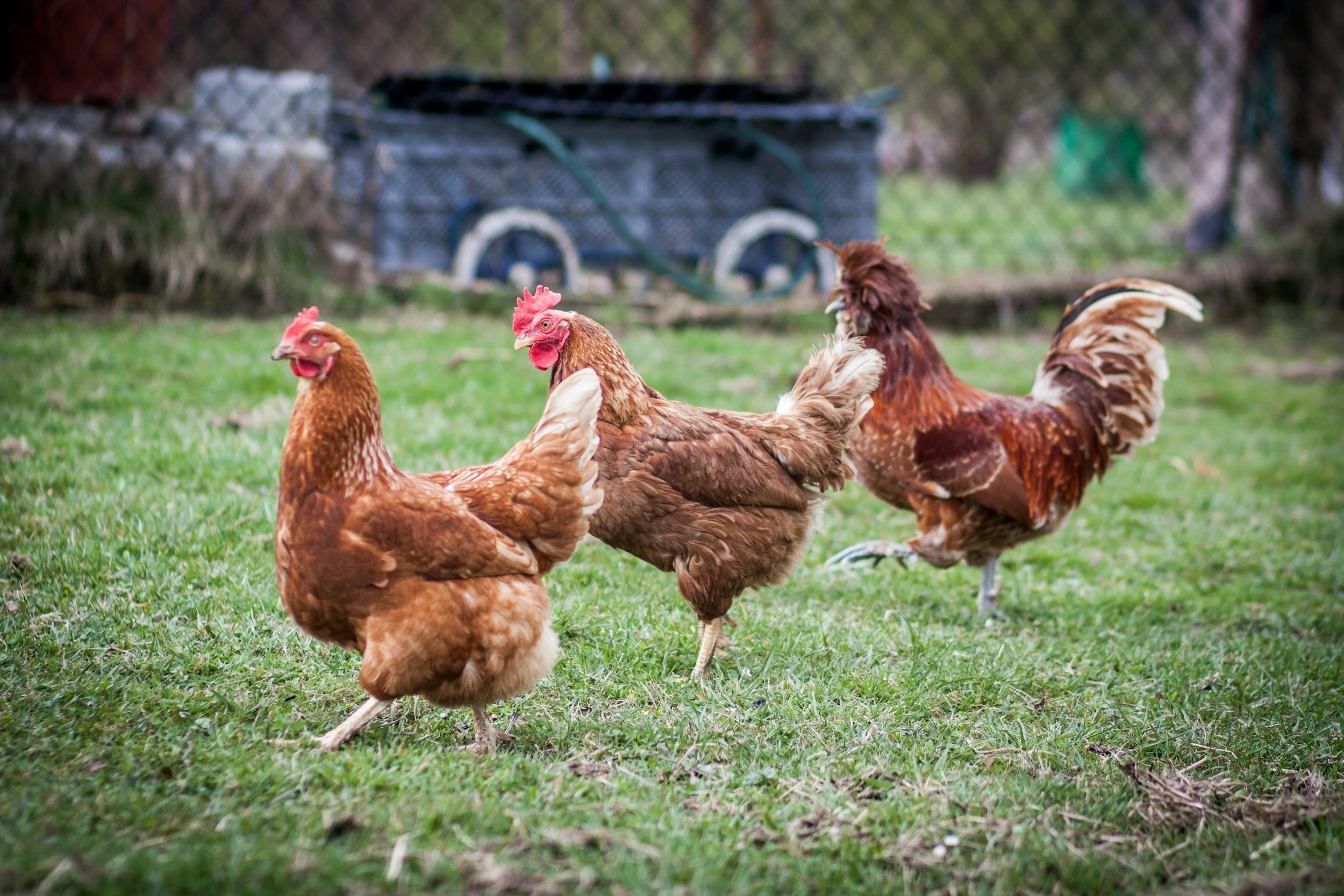
fulfilling your cage-free commitment
You made a cage-free commitment. Now what?
In working toward 100% cage-free fulfillment, companies can report global cage-free percentages, share regional percentages, and/or publish incremental benchmarks. By reporting progress year over year, companies substantiate their pledges to consumers and stay on track to meet their original commitment deadlines.
Why is annual reporting important?
Once you have made a cage-free egg commitment, the next step is to follow up on your progress through annual reporting.
Annual reporting is crucial for both internal management and external accountability. It allows your company to monitor progress and make adjustments to meet commitments. Moreover, it communicates to customers, shareholders, and partners that you are prioritizing your commitment and actively making progress.
Annual reporting may involve a single metric reflecting the cumulative progress across all markets and products, or it may include multiple metrics reflecting differing progress in specific geographies or classes of egg products. Many companies choose to report their progress as one among many similar metrics in annual ESG or CSR reports. You may also choose to share progress via blog posts or web pages.
Steps to fulfilling your cage-free commitment
Make, and publish, a cage-free commitment.
Publish a roadmap—a detailed timeline that maps out a clear plan for incremental implementation of a cage-free policy.
Publish annual progress on your website or in CSR reports.
Work with the Open Wing Alliance to communicate and address any concerns or roadblocks.
Fulfill your cage-free commitment, and join the growing list of companies able to publicise an egg supply chain free of cages.




